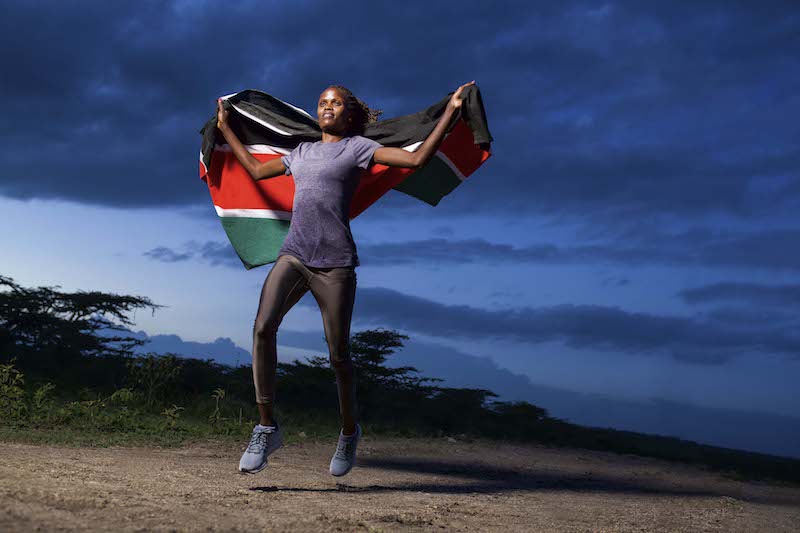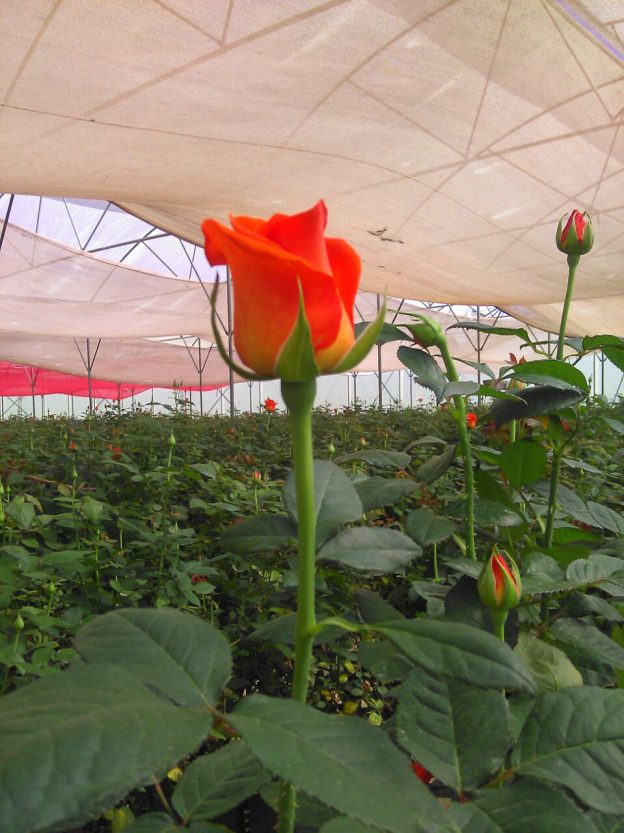The Banker magazine is announcing its “Bank of the Year” awards for 2021 today. The awards are grouped by different zones of winners for the Americas, Europe, Middle East & Africa, Asia and overall global.
For Africa, the winners for best bank in different countries were: Algeria (Citi), Angola (Banco BAI), Botswana (FNB), Cabo Verde (Banco Interatlântico), Comoros (Exim Bank), Democratic Republic of Congo (Trust Merchant Bank), Djibouti (CAC International), Egypt (Banque Misr) and Guinea Bissau (Orabank).
Kenya’s bank of the year was KCB, then Mauritius had SBM, Morocco (Bank of Africa), Mozambique (Millennium BIM), Namibia (Windhoek), South Africa (Nedbank), and Sudan (Omdurman National).
Multiple award winners include Ecobank (best in Equatorial Guinea, Gambia, Togo), Equity Bank (for Rwanda, South Sudan, Uganda) and Stanbic (for Ghana, Tanzania, Zimbabwe)
Finally, the United Bank of Africa (UBA) won best bank in thirteen countries across the continent – Benin, Burkina Faso, Cameroon, Chad, Congo, Cote d’Ivoire, Gabon, Guinea, Liberia, Nigeria, Senegal, Sierra Leone and Zambia. The UBA Group also won the overall “bank of the year 2021” for the Africa region.


